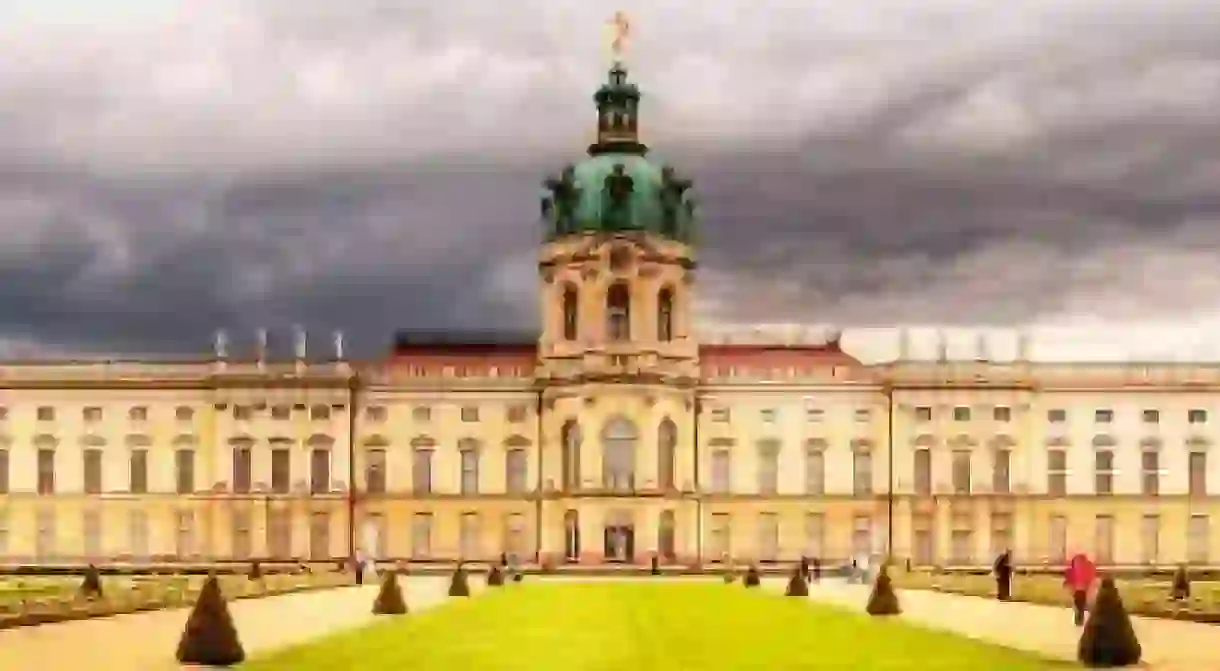The Top Things To Do and See in Charlottenburg, Berlin

Charlottenburg was established as a town in 1705 and was an independent city until 1920, when it was transformed into a borough. Nowadays, it is an affluent locality of Berlin within the borough of Charlottenburg-Wilmersdorf. Within its framework you will find the largest royal palace in the capital city of Germany, as well as interesting sights, museums and cultural spots. Here we present some of the local highlights.

Charlottenburg Palace
Park, Shop, Historical Landmark

Charlottenburg Palace, known as ‘Schloss Charlottenburg‘ in German, is the largest and oldest existing palace in Berlin. It is dated back to the time of the Hohenzollern family and is located in the Charlottenburg district. This magnificent palace was constructed at the end of the 17th century and was expanded during the next century, uniquely decorated in baroque and rococo styles. The palace was heavily damaged, like most monuments in Berlin, during the Second World War, but has been reconstructed during the last decades and attracts countless visitors every year.
Museum Charlottenburg-Wilmersdorf
Library, Museum
This museum was established in 1987 and focuses on the research and promotion of local culture and history. It includes collections of objects, photographs and maps, organized in a rich archive and library. It is kid-friendly, with special exhibitions and presentations. After an interesting exploration of the city’s past, you can enjoy a coffee or a tea at the museum’s cafeteria.
Europa-Center
The Europa-Center was established in 1965 at Bretscheidplatz, close to important sights, like the Kaiser-Wilhelm Memorial Church and the Bahnhof Zoo. It is an impressive building complex of about 80,000 square meters, with a high-rise tower, shops, restaurants, hotels and even a theater. The building hosts various exhibitions and cultural events, but also is a historically preserved building and a landmark of the city itself. View of Europa-Center from Kurfürstendamm | © Aazarus/WikiCommons
Deutsche Oper Berlin
Building, Opera House, Theater
After the chaos caused by the Second World War, Fritz Bornemann created the new building of the German opera house in Berlin in 1961. Its democratic seating plan provides each one of its total 1865 seats an equally perfect view of the stage. Deutsche Oper Berlin presents grand opera in world-class quality, while promoting individual theater productions, young singers and directors. While in Berlin, you should definitely check out the program on the opera’s website and visit it to enjoy a performance. Deutsche Oper Berlin | © Manfred Brückels/WikiCommons
Scharf-Gerstenberg Collection
Museum
This art museumwas established in 2008 as a part of the National Gallery of Berlin on Schlossstrasse, Charlottenburg. The Scharf-Gerstenberg museum includes collections of paintings, graphics and sculptures that cover the period from the French romanticism to the surrealist era.













